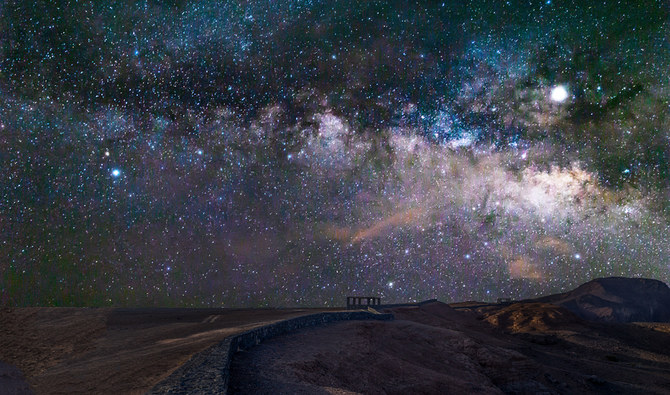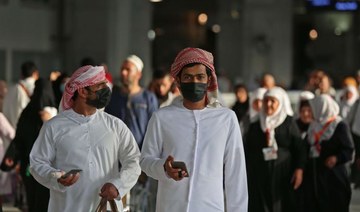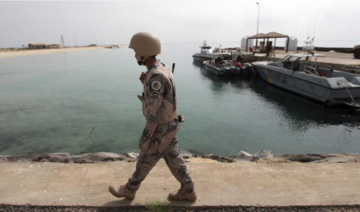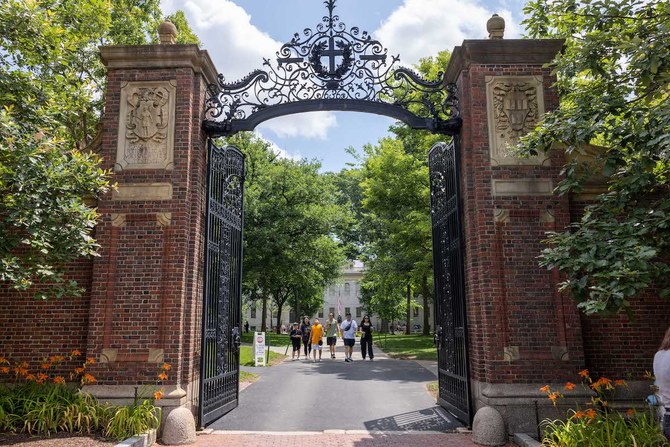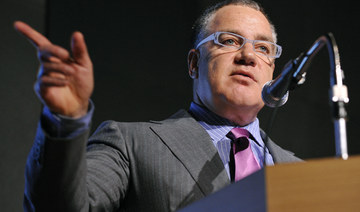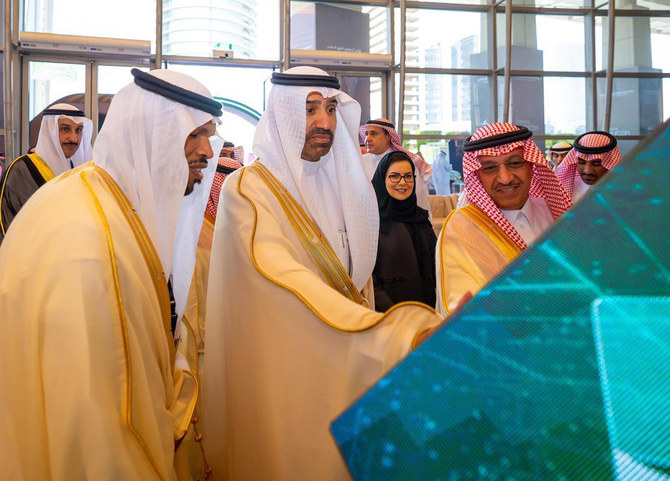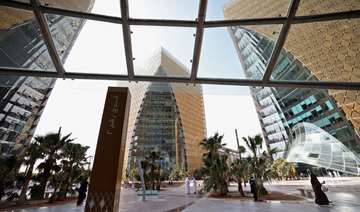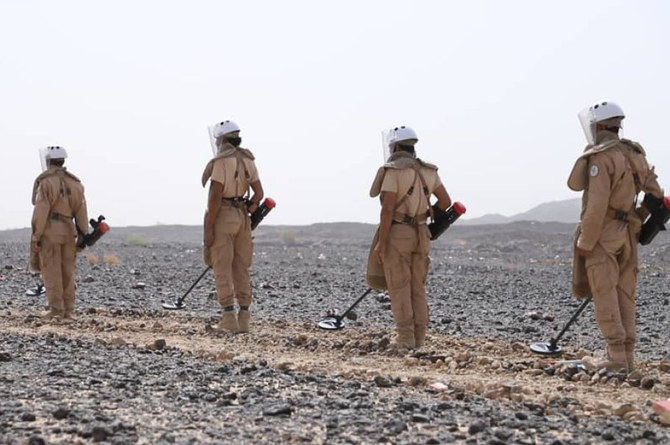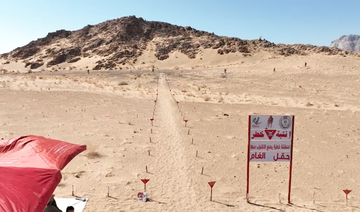JEDDAH: Saudis have for years wandered off to explore the country’s varied landscapes, with excursions that focus on stargazing and meteor watching.
The Kingdom’s vast, open lands provide one of the most optimal views of space in the region, a hidden secret has not been fully discovered yet, and which feeds curious minds and wakes the sleeping giants above.
For thousands of years, Arabs traveling across the region’s lands used stars to navigate through rough terrain and vast deserts. Indigenous tribes inherited their navigation skills on land and sea from those who traveled from one end of Arabia to the other.
Today, satellites and navigation apps do the job instead, but people’s curiosity has remained, and many still look up at blue or red dots of glowing planets, star systems, and constellations in a bid to understand their historical significance and beauty.
Photographers in the Kingdom have advanced the field of nature photography, with some branching out to become astrophotographers, documenting celestial events such as eclipses and meteor showers. The keenest have gone even further and captured nebulas and star clusters.
Many medieval Muslim scholars made huge contributions to astronomy — from Ibn Yunus’ successful attempts in correcting historic Greek calculations of planetary movements to Abd Al-Rahman Al-Sufi, who was the first astronomer to observe the Andromeda Galaxy and Large Magellanic Cloud.
Anas Al-Majed, an avid astrophotographer based in Riyadh, bought his first telescope seven years ago and was able to view the moon’s mountains and craters as well as neighboring gas giants, Jupiter and Saturn, in fine detail.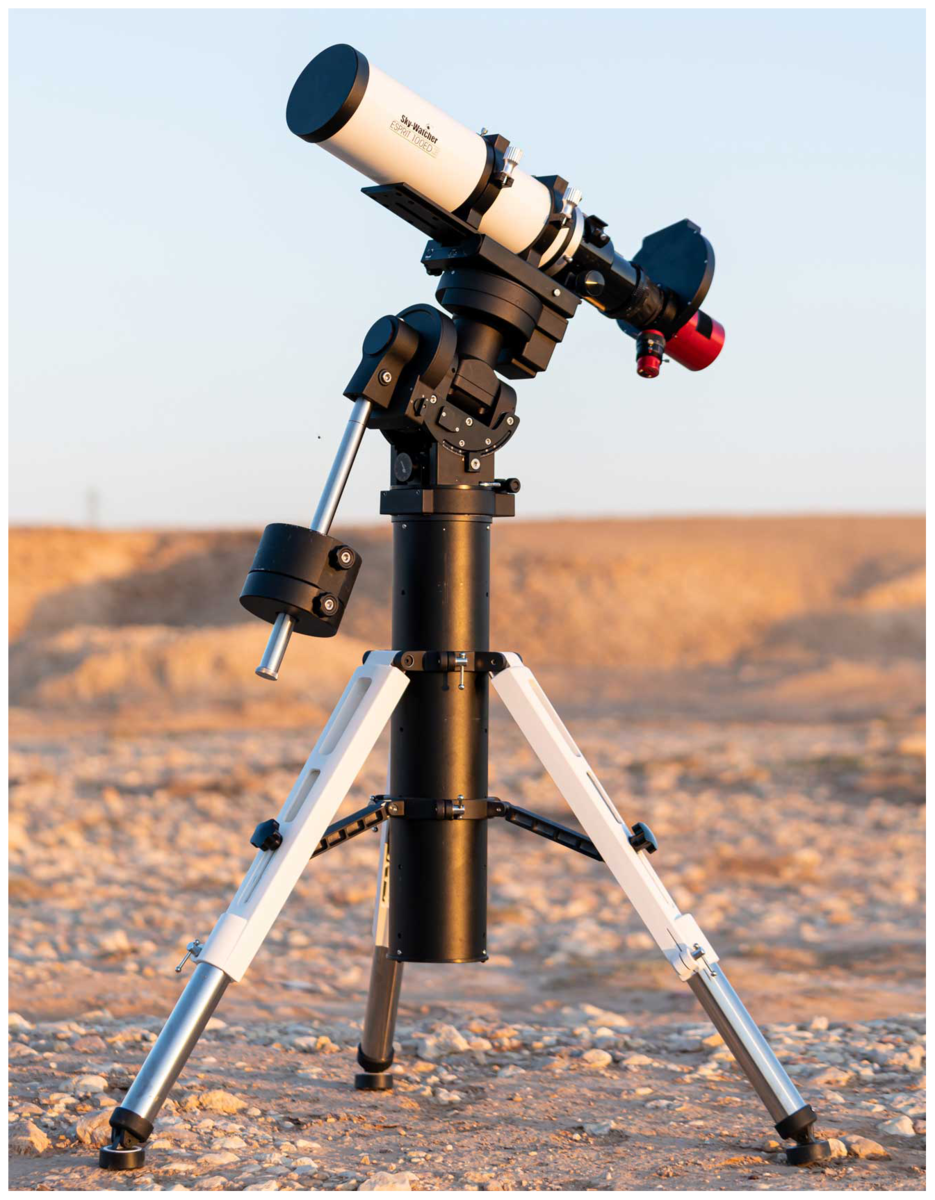
“I was awestruck with how detailed everything was, like Saturn’s rings and Jupiter’s gaseous bands. With time, I upgraded from a simple telescope to a Dobsonian 8-inch, where I delved into discovering deep-sky objects, starting with the Andromeda Galaxy and Orion’s Nebula,” Al-Majed told Arab News. “As a photographer, I wanted to know more and continue discovering, and again, upgraded to a refractor with an equatorial mount for my camera, which brought simple results.”
But the photographer still needed more, as he wanted to capture images of the sleeping giants in bright detail, and he soon bought a camera with features that suited deep astrophotography. The result was surprising and magnificent.
“The refractor’s lens is the closest to a camera lens, my first love. Maintaining the refractor telescope doesn’t take much effort and it can handle the tough terrain unlike other telescopes,” he said.
Although an expensive hobby, turning to international sites means cheaper prices for proper equipment and telescopes, which many say are expensive in the Kingdom.
Al-Majed said the field is still young and there is more room for exploration, but warned that it takes time, practice, and patience to achieve optimal results.
With seven years of experience, he is still keen to find more deep space objects to photograph. “It’s the challenge that’s exciting. The Bubble Nebula is very difficult to photograph due to its distance and the Veil Nebula is a strange and beautiful object. There are still many deep space objects to find and I can head out of Riyadh and search.”
FASTFACTS
• Some of the constellations that can be viewed with the naked eye during autumn above the Saudi deserts include Cassiopeia, Ursa Major, and Minor, Crux, and Draco.
• Planets such as Venus, Saturn, Jupiter also shine bright, but it is Mars in opposition that steals the show this time of year.
The Kingdom is ideal for stargazers and astrophotographers, but few know where or how to watch one of nature’s most striking sights in all its glory — the Milky Way Galaxy.
With proper research and by selecting the right time and place, the Milky Way’s core can be seen rising during the country’s summer months and disappearing toward the Southern Equatorial Belt.
Huda Alerwy, a Jeddah-based photographer, went on a hiking trip in April 2019 and camped off the edge of the Wahba Crater, a volcanic crater located 250 km from Taif. There she witnessed the Milky Way galaxy’s rise above the horizon for the first time in her life.
Fortunately, there are apps that people can use to reach areas with relatively clean and stable air to make the viewing of stars sharp and clear.
Mohammed Jan
“The scene was mesmerizing. We started to see the glow of the belt at 2 a.m. and I had the chance to capture the moment,” Alerwy told Arab News. “We spent more than an hour photographing its rise and if I get the chance to relive that experience again, I’ll do it with no hesitation.”
With her tripod in tow, she was able to ensure that her camera was stable enough to withstand any wind gusts and stabilize it for a clear shot.
Some of the constellations that can be viewed with the naked eye during autumn above the Saudi deserts include Cassiopeia, Ursa Major, and Minor, Crux, and Draco. Planets such as Venus, Saturn, Jupiter also shine bright, but it is Mars in opposition that steals the show this time of year.
For casual stargazers in many parts of the Kingdom, the stars have been further away, photographer Mohammed Jan told Arab News. “Many Saudis can’t see the Milky Way where they live, or many stars for that matter, due to light pollution. They’d have to drive for hundreds of miles outside city limits to get away from it.
“Fortunately, there are apps that people can use to reach areas with relatively clean and stable air to make the viewing of stars sharp and clear for both stargazers or photography enthusiasts alike,” he added.
Obsessed with astrophysics and space for years, Jan captured his first glimpse of the Milky Way in 2014 and soon became more knowledgeable in the field. He often drives for hours just to make sure he is away from any light pollution.
“There are different apps that you can use to make sure that you’re in the right area. Large cities such as Makkah and Jeddah are within Zone 9 and barely feature any stars. For optimal viewing and astrophotography, you’ll need to be in an area less than a Zone 4,” he added.
With time, Jan grew used to capturing celestial objects, but soon ventured into new territory — nebulas and deep-sky objects.
“The Helix Nebula has always captured my interest. The planetary nebula was and has always been my favorite object to photograph in the dark skies,” said Jan, repeating Al-Majed’s warning that it is through time, practice, and effort that he was able to reach his level of expertise. Jan is looking forward to doing better but has called for greater community support for astrophotography.
“Not many understand what we do and why we do it. It’s educational, it’s knowledge and its understanding,” he said.






